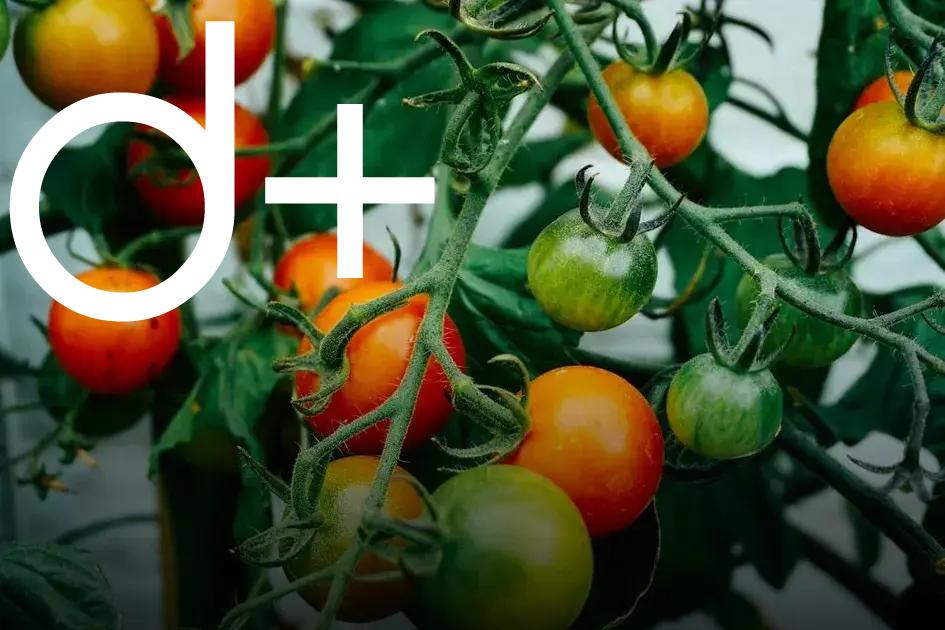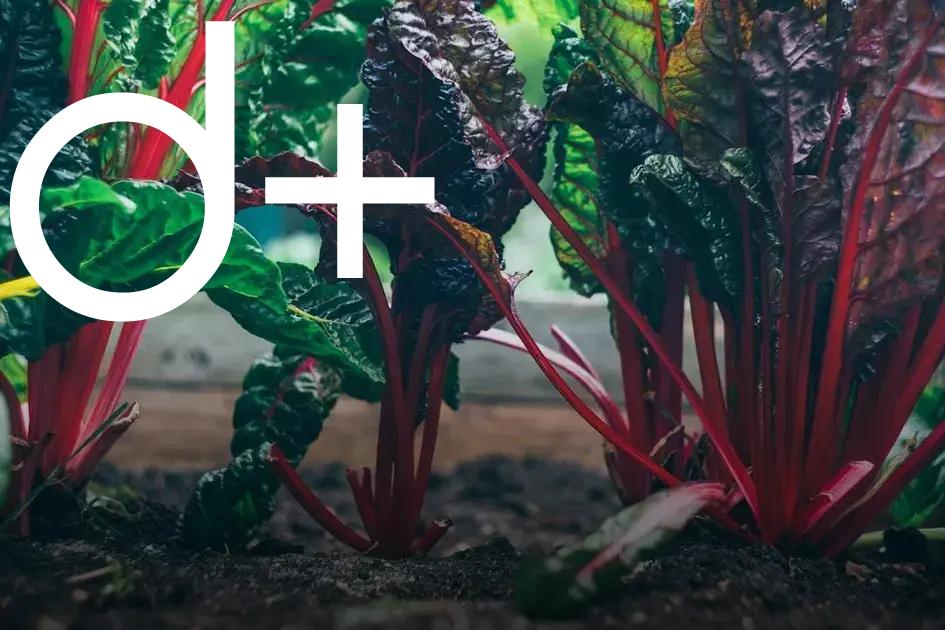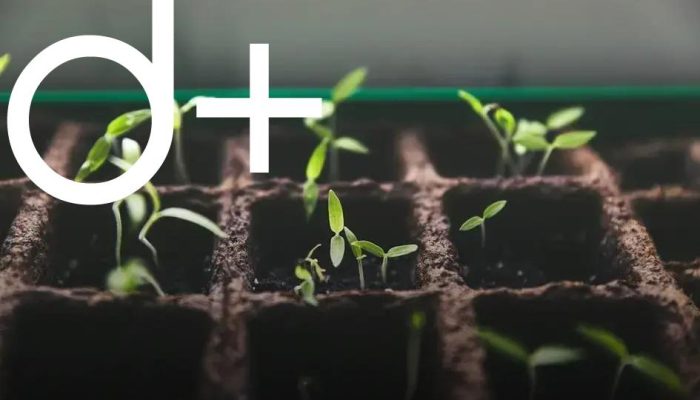Companion planting is a time-tested gardening technique where certain plants are grown together to enhance growth, improve soil, and deter pests. By strategically pairing plants, you can create a thriving ecosystem in your garden. This guide will explore the benefits and effective plant pairings, as well as common mistakes to avoid. Learn how companion planting can lead to better yields and a healthier garden environment.
The Benefits of Companion Planting
Companion planting is a gardening practice that involves growing different plants in close proximity to help each other grow. This approach is all about the natural harmony between different plants, encouraging them to work together. One of the main benefits of companion planting is its ability to ward off pests. Certain plants can produce natural chemicals or foster beneficial insects that repel unwanted bugs, effectively protecting neighboring plants.
Nutrient enhancement is another significant advantage. Some plants, like peas and beans, add nitrogen to the soil, which is essential for the thriving of many plants. This boosts growth without the need for synthetic fertilizers.
Moreover, companion planting helps conserve space. By strategically positioning plants that grow well together, you make the most out of every inch of your garden. For instance, taller plants like corn provide shade for lettuce, which prefers cooler temperatures.
Disease Suppression
Certain plant combinations can suppress diseases. Marigolds, for example, release a chemical that deters nematodes, protecting the roots of adjacent plants. This natural pest control lessens the overall disease pressure.
In essence, companion planting can lead to a more resilient, productive, and sustainable garden. Through understanding the dynamics between plants, it’s possible to cultivate a thriving environment where each plant contributes to the others’ success.
Top Plant Pairs for Your Garden

Pairing tomatoes with basil is a classic example of companion planting that many gardeners recommend. Basil can improve the growth and flavor of tomatoes, while also repelling insects such as mosquitoes and flies. Another great pairing is corn with beans. The beans naturally enrich the soil with nitrogen, which is beneficial for the corn’s growth.
Consider planting carrots with onions or leeks. This combination can be effective in deterring pests like the carrot root fly and onion fly. In addition, peppers can thrive when planted near marigolds. The vibrant blooms of marigolds not only add a splash of color to your garden but also protect peppers from nematodes and other garden pests.
Growing Herbs Together
Rosemary and sage can make a lovely duo in your herb garden. Even though both prefer somewhat different soil pH levels, they manage to grow well together and can enhance the flavor of each other.
Integrating flowers such as nasturtiums with vegetables can provide a natural defense mechanism against pests. Nasturtiums act as a trap crop, luring pests away from more vulnerable plants like broccoli and cabbage.
Avoiding Common Plant Pairing Mistakes
Understanding which plants should not be paired together is crucial for successful companion planting. One common mistake is placing plants with competing root systems too closely together. Some plants like sunflowers and potatoes are known to compete for nutrients, which can hinder growth and reduce yields.
Another misstep is matching plants with different sunlight requirements. For instance, plant tomatoes and corn together, both full sun lovers, but avoid pairing plants like lettuce that prefer shade.
Be cautious of allelopathic plants like walnuts, which release chemicals into the soil that can inhibit the growth of sensitive plants. By being mindful of these potential pitfalls, you can design a garden that allows your plants to thrive without overshadowing each other.
Powerful Companion Plants for Pest Control

Powerful Companion Plants for Pest Control can significantly enhance the health of your garden by naturally deterring unwanted pests. Marigolds are a timeless favorite, known for repelling nematodes and aphids with their pungent scent. Consider planting them around your vegetables to keep these pests at bay.
Basil is another effective plant that can protect neighboring crops such as tomatoes by repelling flies and mosquitoes. The aromatic leaves of basil are both a culinary delight and a natural defense mechanism.
Additionally, chives are an excellent choice for deterring carrot flies and aphids. Their strong scent confuses these pests and can protect against infestations.
Consider integrating nasturtiums into your garden layout. These bright flowers are not only visually appealing but also act as a trap crop, luring away aphids and other insects from your main plants.
Garlic deserves mention as well. Its natural fungicidal properties can ward off blight and protect fruit trees and roses from pests.
By thoughtfully selecting and pairing these plants, you utilize natural methods to maintain a healthy and vibrant garden while minimizing the need for chemical pesticides.
Companion Planting for Better Yields and Healthier Plants
Discover the advantages of companion planting when it comes to improving both plant health and yields. This technique not only boosts your garden’s productivity but also creates a more resilient ecosystem. By strategically planting companions, you can enhance nutrient uptake and improve plant vigor. Specific plants, when placed together, can drive each other’s growth, ensuring that soil resources are effectively utilized. When plants are paired wisely, you can experience decreased soil exhaustion and more robust produce.
Moreover, some plants have unique properties that can naturally fertilize the soil, enriching it with essential nutrients. For instance, legumes release nitrogen into the ground, which is beneficial for nearby plants. This symbiotic relationship optimizes growth conditions, leading to healthier plants and abundant yields.
The sharing of space is another crucial factor. Plants with complementary root systems can coexist without competing for nutrients. This symbiotic arrangement maximizes soil use and can lead to impressive garden outputs. As a result, gardeners can achieve better crop rotation and minimize the risks of disease and pests associated with monocultures.
Consider the
environmental benefits
as well. By practicing companion planting, you contribute to biodiversity, which serves as a natural pest deterrent. A diverse garden attracts beneficial insects and promotes a healthier ecosystem. Overall, thoughtful companion planting reduces the need for chemical interventions and fosters sustainable gardening practices.







![BANNER 1 - HOME [QUADRADO]](https://dailyfindinvestment.com/wp-content/uploads/2025/01/BANNER-300-X-300.gif)
